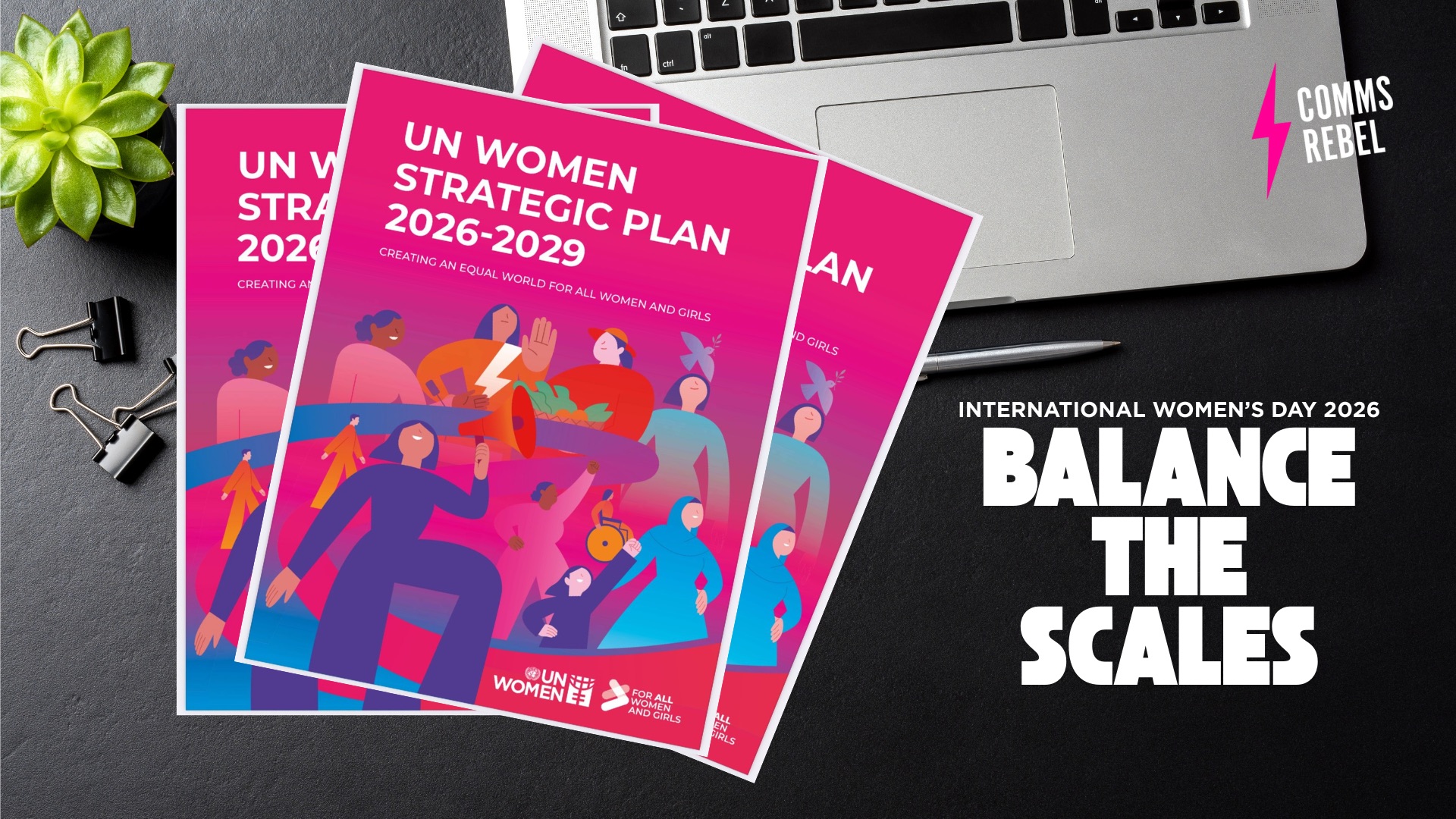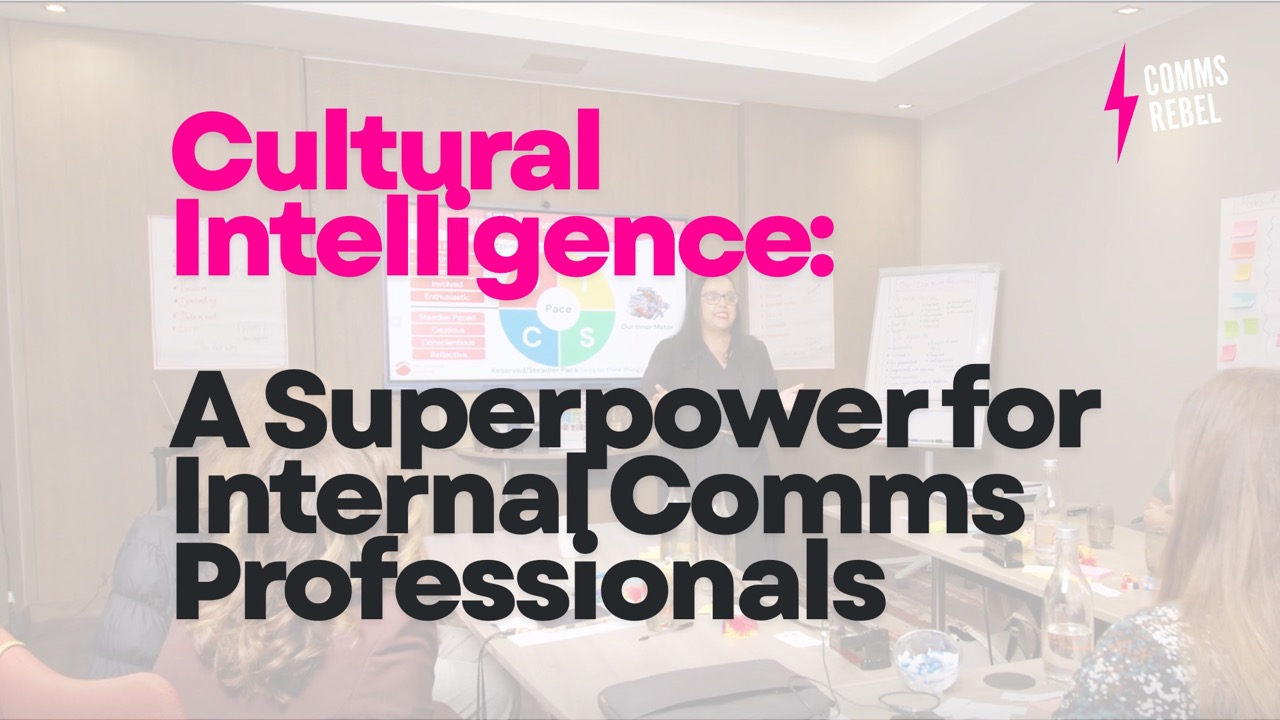For the past few weeks I’ve spent quite a significant amount of my time learning how to use the new video camera we’ve just purchased for our team. We’ve always been big fans of short videos in my organisation but recently we’ve upped our game a bit and decided to do more.
I’ve seen many conversations take place via social media about the use of video and I think majority of us agree that they work well, providing they contain good content. They are particularly great for colleagues who are time poor, regardless of whether they work in operational functions or in an office. It enables us to give them a quick snapshot of what is going on.
During the time I’ve shot my own videos I’ve learnt five key things:
1) Keep it short – anything longer than 3-5 minutes you are going to lose the audience. I filmed some leaders speaking about international women’s day this week and the videos that lasted around 3 minutes had twice the number of views than the 5 minute videos. If it’s impossible to keep it within that time frame then I suggest you break them up into chapters.
2) Eye contact – depending on the type of content you are presenting you might want to consider how you get your presenter to position themselves in front of the camera. If it’s an interview then getting them looking away from the camera chatting to you is much more engaging, as it looks like the viewer is in the room with you. However, if it’s a more personal message I found that if they spoke directly into the camera it’s much more effective as it’s like having a 1-2-1 conversation. Though a little disclaimer, if your presenter is nervous or insists on reading from a piece of paper then this method will not work. As difficult as it might be, take the paper away from them and get them to do it in sections. A nervous presenter will find it much easier to talk to you directly with the camera off angle and you asking them questions.
3) Equipment – before we purchased our new camera kit, which was around £500, we used our smartphones to film. Okay the quality isn’t as great as the Canon SLR but it does the job. Buy yourself a good stand, download a good editing software for phones, which are around £3.99 and you’re good to go. At the moment I’m using movie maker which comes free with Microsoft – you can download iPhone videos to this software as well. It isn’t the most sophisticated editing software but it does the job for an internal film. If you have time and money to spend then look at Adobe Premium Pro.
4) Location – think about where you are filming, the big pro cameras with proper microphones can handle lots of background noise but our little cameras can’t. Nothing is more distracting than hearing chatter in the background or doors slamming. Also make sure you try and keep the wall behind the presenter clear, e.g no distracting information on whiteboards or PC screens showing any confidential data.
5) Clothes – It’s also a good idea to check what the presenter is wearing. Sounds weird I know, but certain stripes on shirts don’t work well on camera and if they have a white shirt and you’re filming against a white wall it will look like a floating head. Also worth checking when you meet them to make sure that their buttons are done up, shirt is tucked in and that they have no lipstick or food in their teeth. Nothing worse then going back to your office and spotting these things. They won’t appreciate having to do it again either.
Finally there are 100s of short (free) courses online plus there are groups that meet up around various areas to discuss how to make the most of your camera equipment. If you are not familiar with meetup then check them out. In Manchester they have a short iPhone video masterclass which you can join for free!
It’ll be great to hear from you on what your top tips are and what works well for you!


